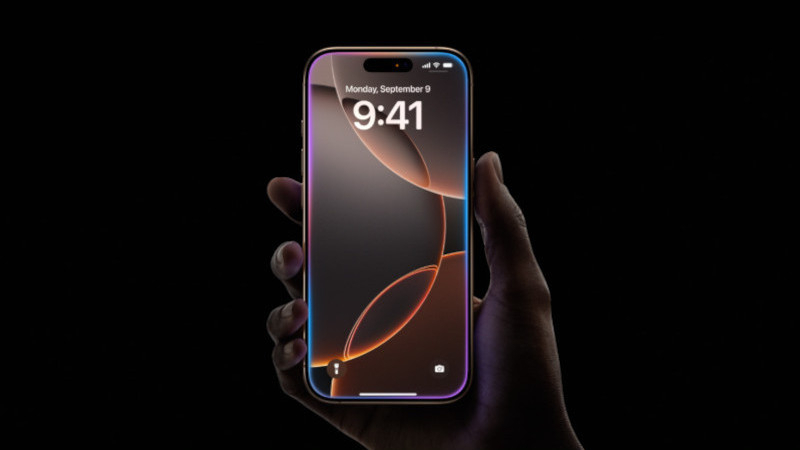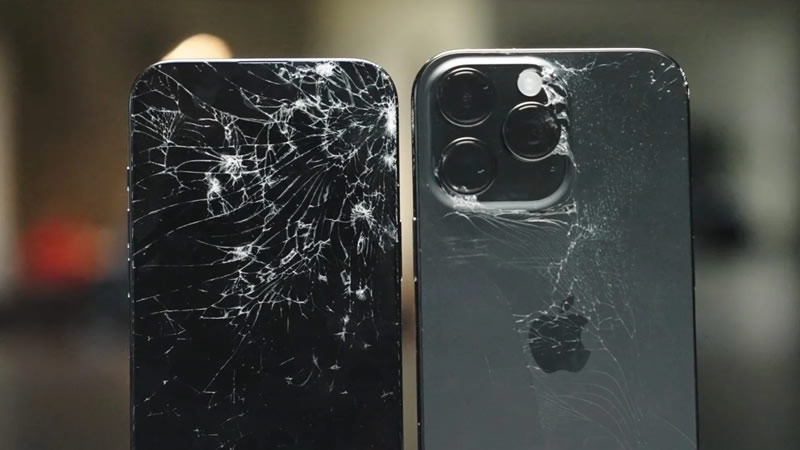Apple says iPhone 16 models are stronger with an advanced Ceramic Shield coating that protects the phone. However, drop tests conducted by insurance company Allstate show that Ceramic Shield doesn’t make the iPhone 16 all that invulnerable.

Image Source: Apple
Allstate used a robot to simulate an iPhone 16 Pro Max falling from a height of 1.8 meters. Despite the improved protection, the impact of a drop resulted in large cracks in the phone’s body, both when dropped face down and when dropped onto the back panel.

Image Source: Allstate
Moreover, the iPhone 16 Pro Max stopped turning on after being dropped face down from the same height. “While the iPhone 16 is generally resistant to hazards like water splashes, it was once again unprepared for the pavement, becoming inoperable after one drop,” Allstate notes.
This is somewhat disappointing given that Apple equipped the iPhone 16 and 16 Pro with the latest generation of Ceramic Shield, which is said to be 50% stronger than last year’s material and “2x stronger than the glass of any other smartphone.” That is, a protective case for the iPhone 16 will probably still be needed. In this case, the degree of damage will depend on how exactly the phone falls.
Interestingly, a drop test from YouTube channel AppleTrack showed that phones suffer much less damage when dropped on the side. In this case, small dents and scratches may appear on the frame, but the display usually remains intact. It is worth noting that the iPhone 16 Pro stopped turning on and received a small crack at the bottom of the screen after the fourth fall on the side.
AppleTrack also ran tests with the iPhone 16 Pro and iPhone 15 Pro and found that the new model suffered less damage to the glass body after all tests. So it looks like overall the Ceramic Shield does protect the phone. On the other hand, the 16 Pro’s thin bezels make the screen more susceptible to damage if dropped on the side or corner of the case.